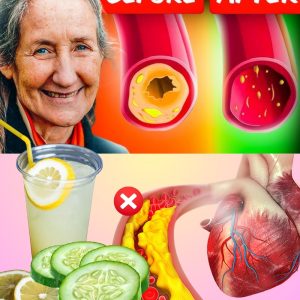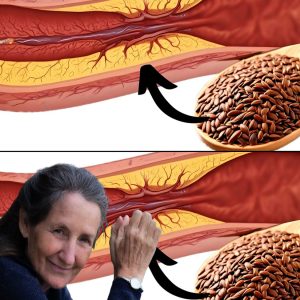Body fat distribution reveals essential insights into an individual’s health, influenced by genetics, hormones, and lifestyle. While everyone stores fat differently, certain patterns of fat distribution are associated with higher risks of conditions like heart disease, diabetes, and metabolic syndrome. Recognizing where your body tends to store fat empowers you to adopt specific strategies that can support better health and reduce risks associated with these fat deposits.
For example, individuals with an “apple shape” who store fat primarily in the upper body, especially around the abdomen, face higher risks of visceral fat accumulation, which can impact vital organs and contribute to insulin resistance, type 2 diabetes, and cardiovascular disease. A focus on cardiovascular exercises, strength training, and a diet rich in whole foods, lean proteins, and healthy fats can help in reducing abdominal fat and improving health outcomes for this fat distribution type.
In contrast, those with a “pear shape” often store fat in the lower body, particularly around the hips, thighs, and buttocks. While this type generally carries a lower risk of serious health conditions, it may still lead to complications such as joint problems and varicose veins. Combining aerobic exercises with leg-focused strength training and a balanced diet can help manage and reduce fat in these areas, promoting better mobility and support for overall health.
Visceral fat and subcutaneous fat are other important fat types to consider. Visceral fat, stored deep in the abdominal cavity, poses higher health risks due to its proximity to internal organs and association with inflammation and chronic diseases. Meanwhile, subcutaneous fat, found just beneath the skin, is generally less dangerous but can still lead to health complications if excessive. Reducing these fat types through high-intensity interval training, stress management, and a balanced diet can help maintain healthy levels and promote a longer, healthier life.





